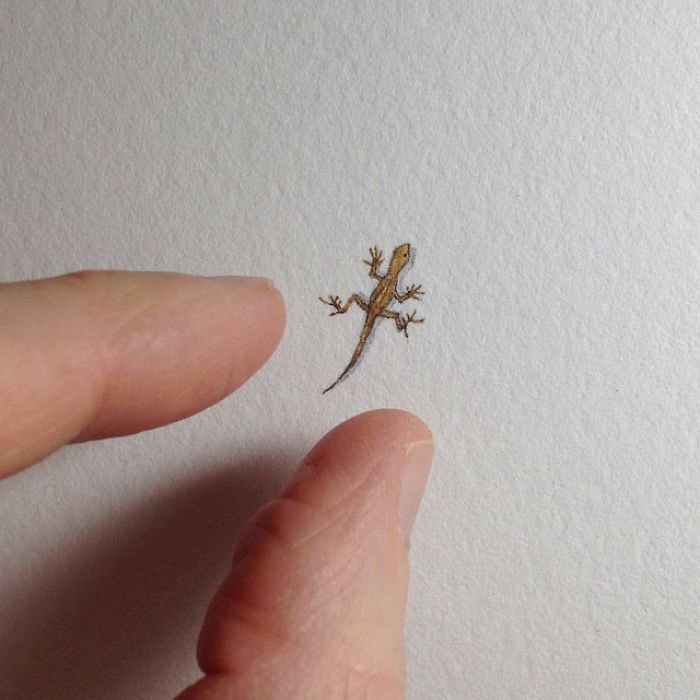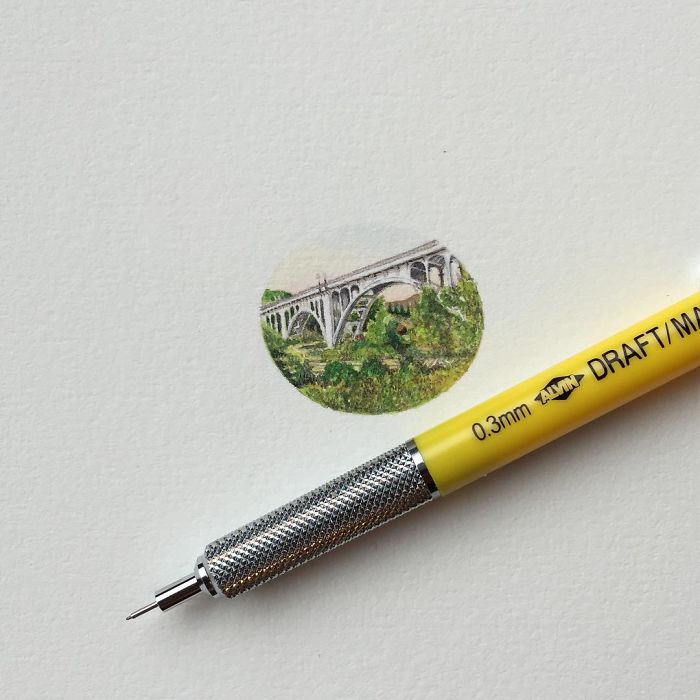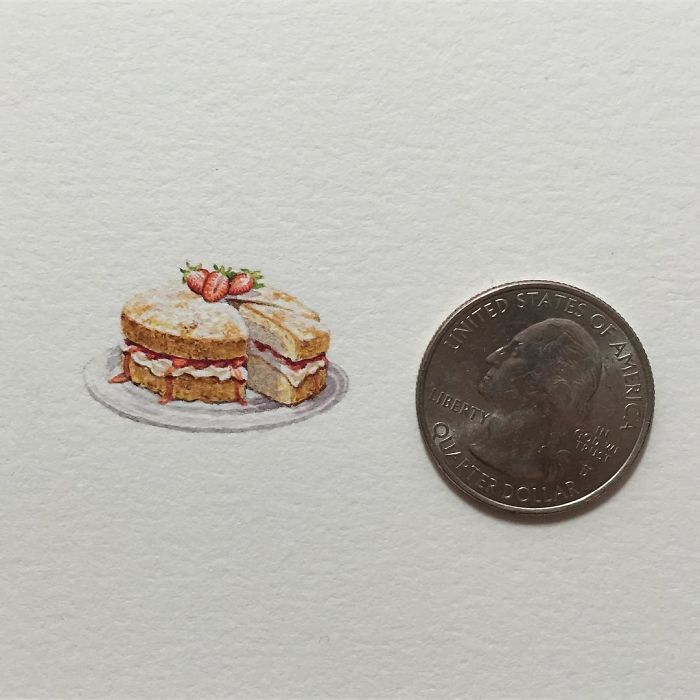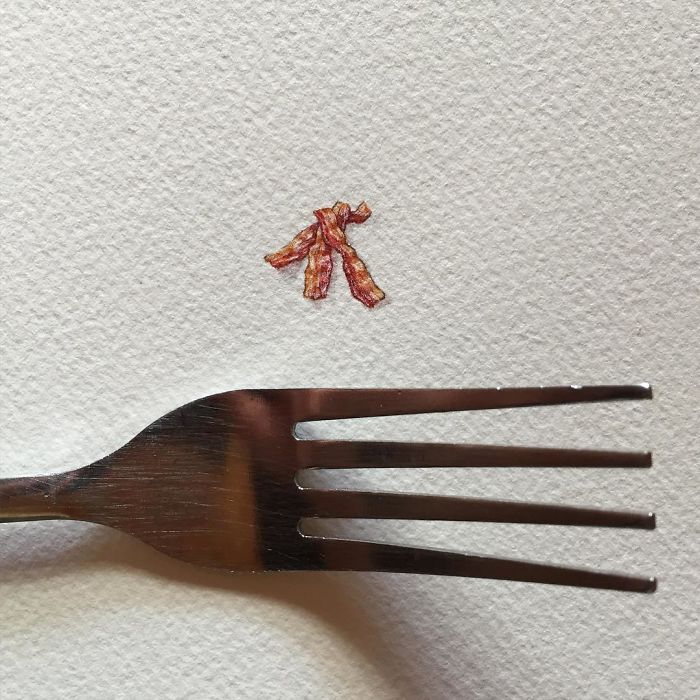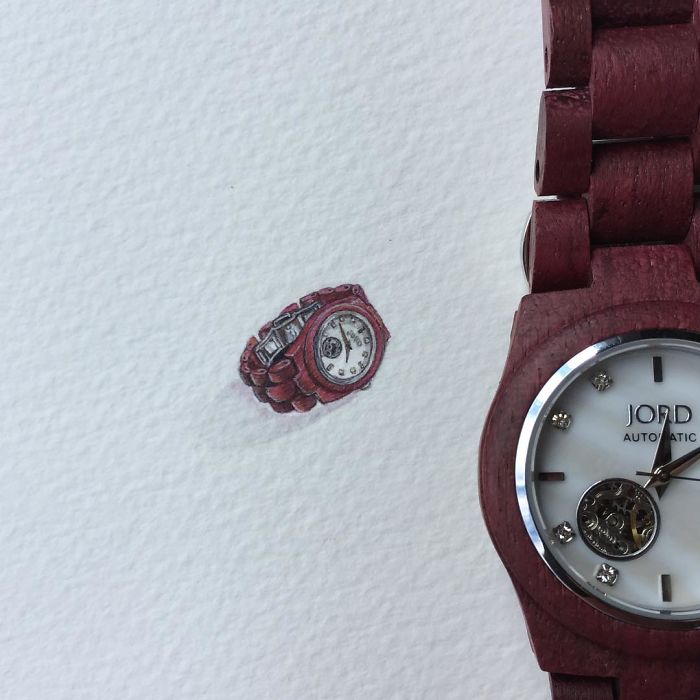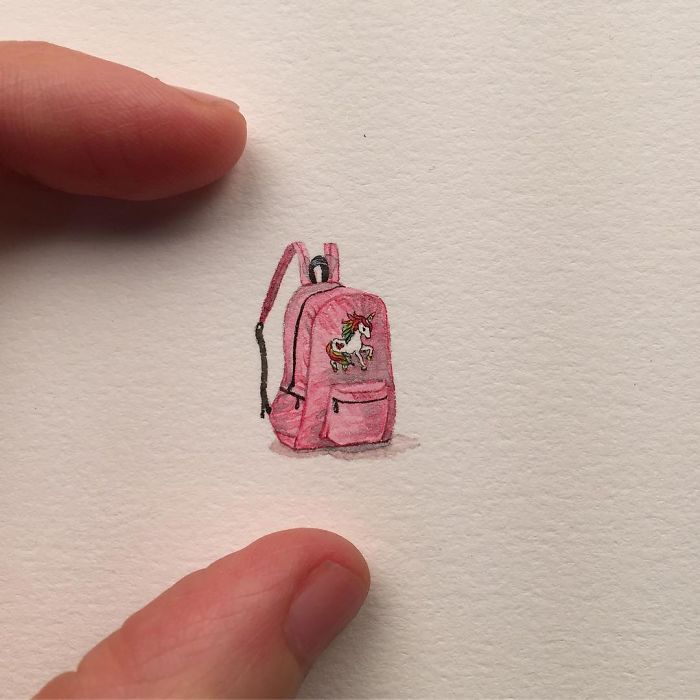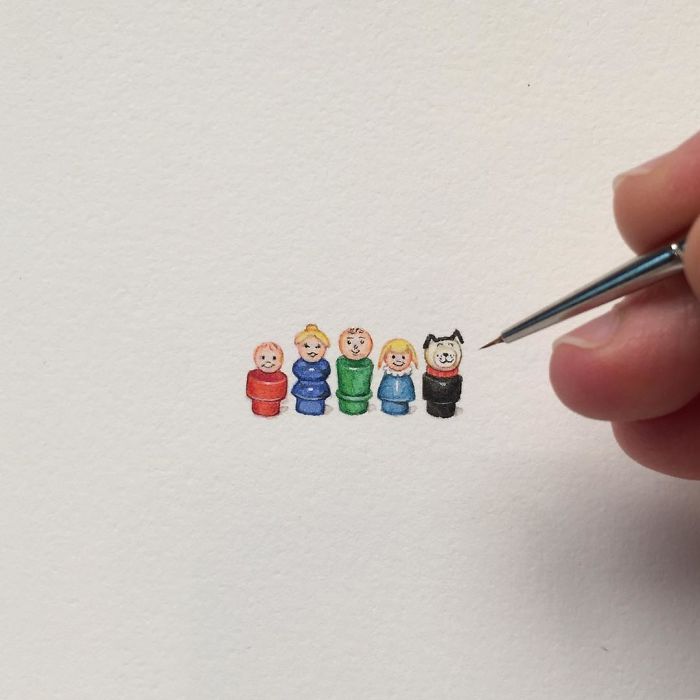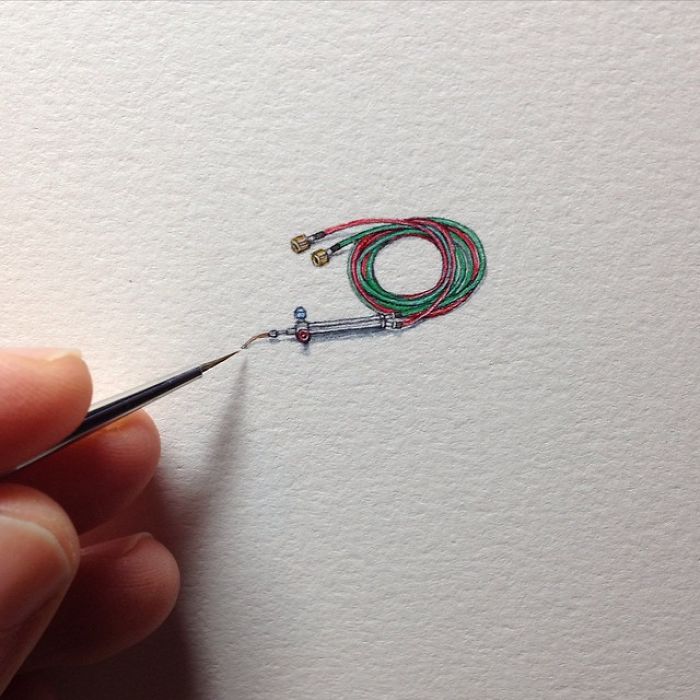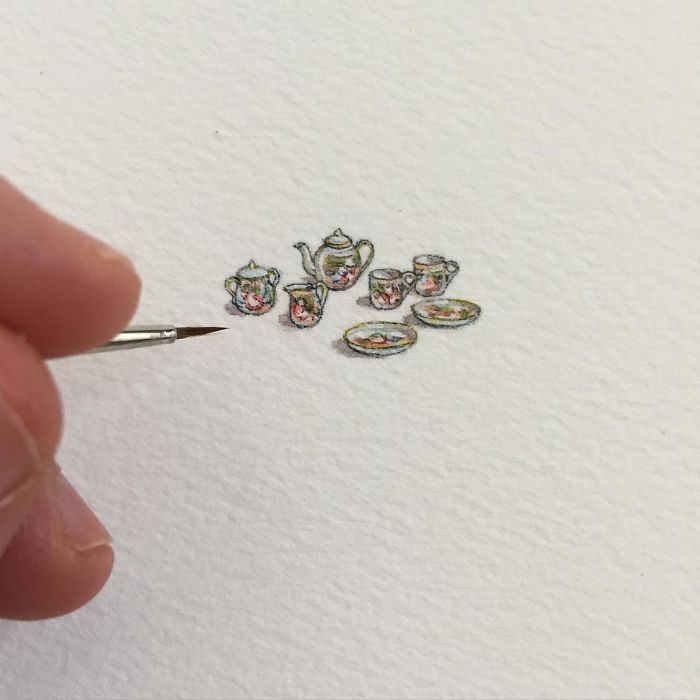
These 96 Tiny Paintings By Brooke Rothshank Are One-Inch Replicas Of Everyday Things
We often perceive giant, impressive, time-consuming artwork as better, but American miniaturist Brooke Rothshank shrinks our standards to a minimum while remaining incredibly intricate and immaculate. The Indiana-based artist paints tiny paintings of everyday things that surround her. It has become a precious diary of intimate moments from Rothshank‘s life that over 78k followers on Instagram can love and appreciate.
Go through this mini gallery of Rothshank’s most beautiful paintings, and if you want to see more, check out some of her previous works of art shared on Bored Panda. For those who can’t believe how incredibly small these miniature paintings are, Rothshank always has an object for scale.
More info: Instagram | rothshank.myshopify.com | rothshank.com
This post may include affiliate links.
Rothshank dove into miniature worlds after attending a dollhouse show 15 years ago and has continued exploring this unique art form ever since. She attended the International Guild of Miniature Artisans Guild School in Castine, Maine and is now a member, fellow, and a teacher.
While balancing her roles as an artist and a mother of two, she found the motivation and creative ideas to continue her creative growth. In 2014, Rothshank completed the 365 paintings challenge and posted her daily drawing ideas to stay productive, in touch with her artistic self, and less focused on the perfect outcome. She drew inspiration from mundane objects and situations, and these beautiful artworks would take between 45 minutes and 4 hours to complete. More complex compositions could even take days.
Rothshank has mastered a variety of media including watercolor, oil, acrylic, and egg tempera paint in detailed miniature compositions. The artist used to create on an extra-small 1/12 scale and later moved to daily paintings that would fit within a 1-inch border.
You should make a tutorial on how to do this. I think i know the first few steps... 1. Get some water colors 2. Get your canvas ready 3. Get you microscope in place...
You should make a tutorial on how to do this. I think i know the first few steps... 1. Get some water colors 2. Get your canvas ready 3. Get you microscope in place...

 Dark Mode
Dark Mode 

 No fees, cancel anytime
No fees, cancel anytime 




































